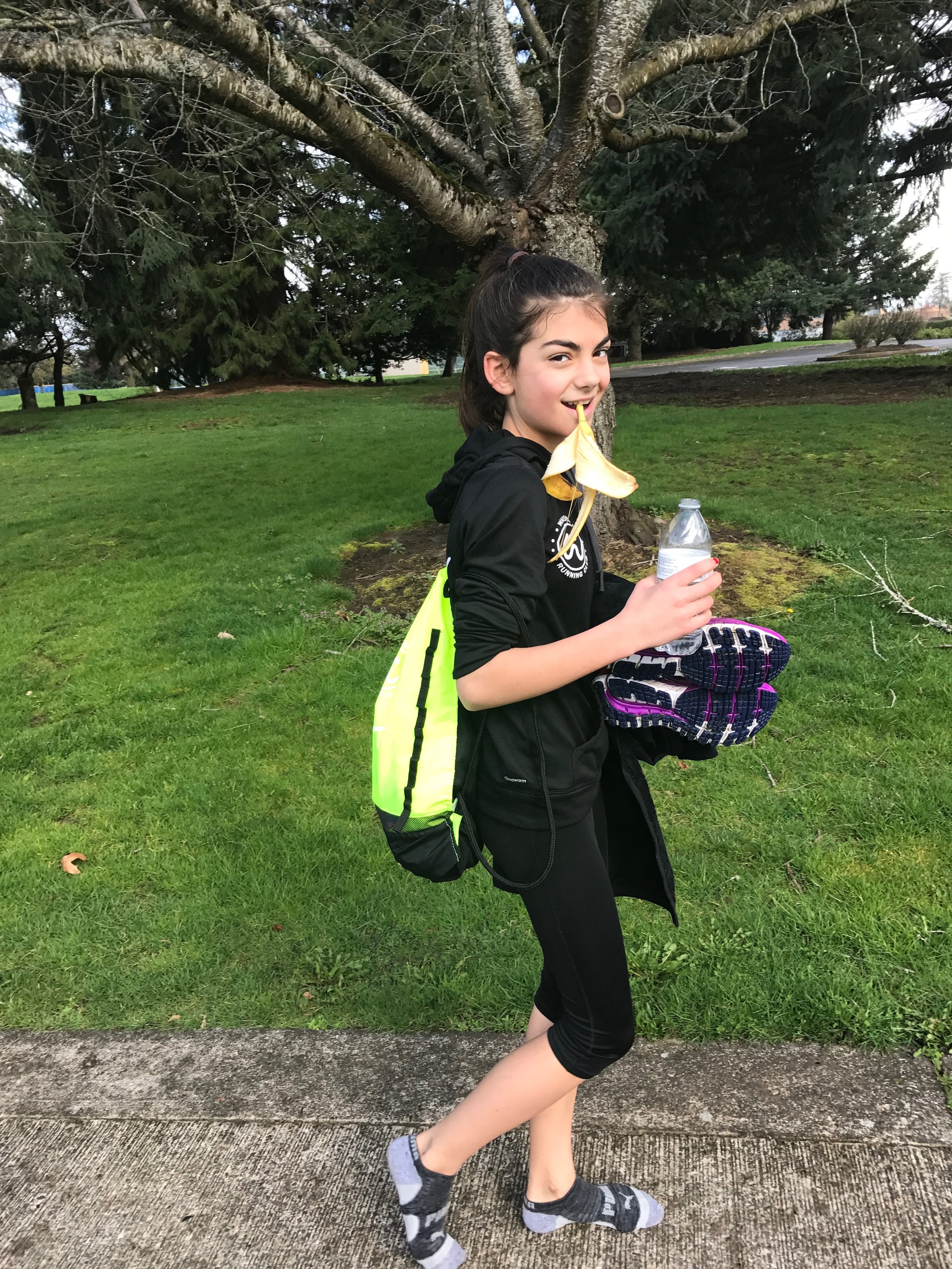It took a lot of convincing, but after months of me (her coach) begging, Kiley finally ran an uncomfortable race, the dreaded 400m. Typically a 1600m/800m runner (5:48/2:41), Kiley smashed the 400 (1:11.04), which will surely pay dividends in future endurance races. I will note, 400's in practice range from 79-88-seconds, depending on the workout. Nothing mimics a race quite like a race.
After Eric Jenkins won the Millrose Games Wanamaker Mile in a blazing time of 3:53, the television announcer referenced a training theory of Jenkin's coach, Alberto Salazar. According to the announcer, Salazar believes that in order for Jenkin's to be a great 5k runner, he must work on his mile speed, hence the entry into the Wannamaker Mile.
This theory, running shorter distances to generate speed in longer distances, is a technique for any level of athlete. Particularly runners who are in the kind of shape in which they can control speed as needed, generating top-end speed in races is the optimal time for a runner to feel faster, and ultimately gain confidence in their ability to grab a gear (run faster) if and when needed. Though this can be done in practice as well, nothing truly mimics the feeling of competing against a cross-town rival, thus the reason to enter your runners in races shorter than their traditional. Therefore, if you are looking for a way to get you or your runners over the hump of a plateau, peak for a new personal best time, or increase confidence in your runners ability to be fast for a sustained period of time, then make an effort to find at least one meet to race at a shorter distance. If you want to run a fast mile, run an 800m, and if you want to run a fast 800m, then run the 400m, and so on. The objective is to feel a new top-end speed while racing shorter distances, meanwhile providing confidence and the ability to change pace on-cue in the longer distances.
Parents, before districts encourage your children to talk with their coaches about this speed-play strategy. Coaches, give this theory a shot in all of your athletes. You never know, you could even find a new event for a few of your runners! Regardless, it will most certainly pay dividends!

